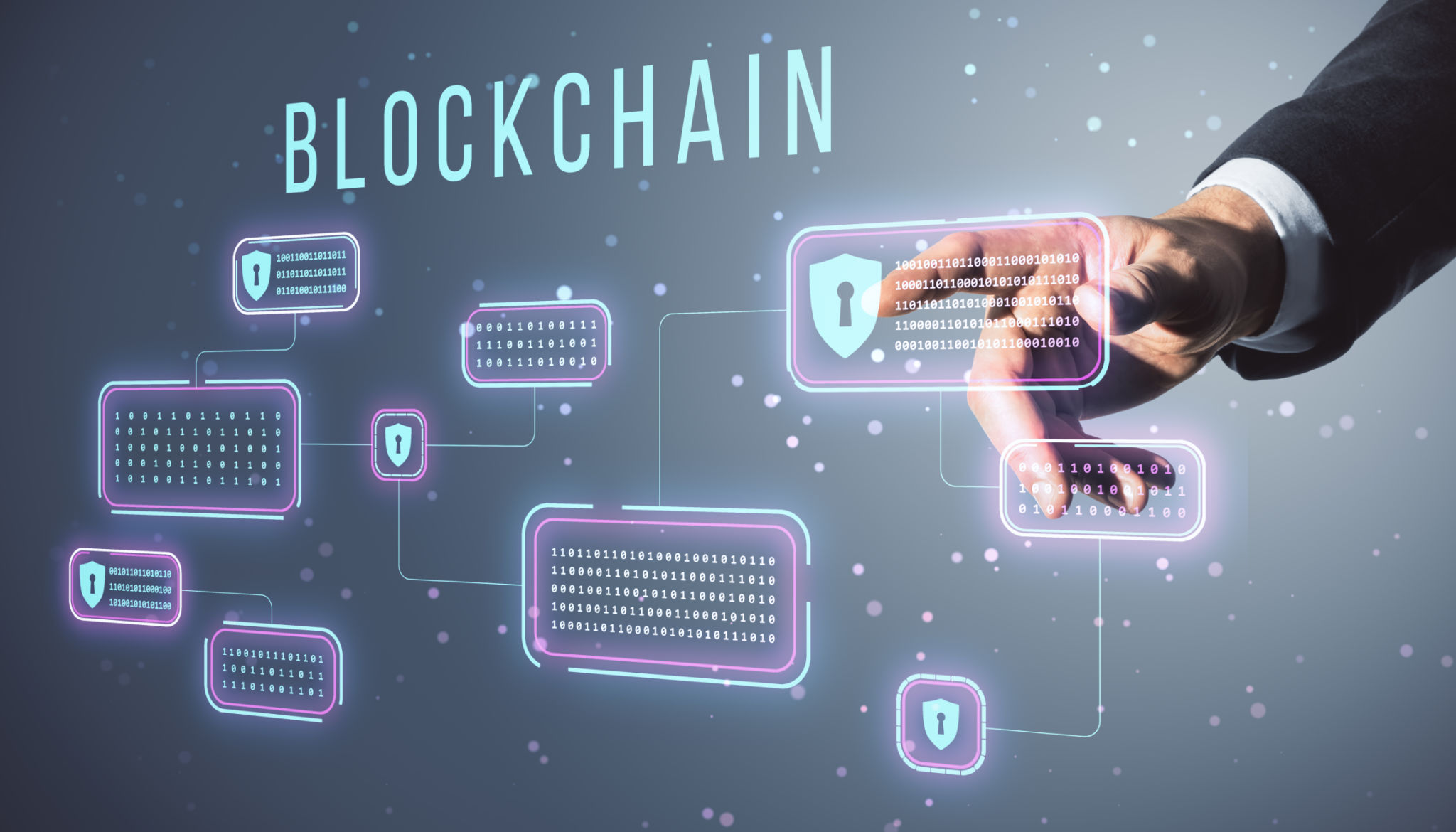Tokenisation vs. Traditional Securities: What You Need to Know
AF
In recent years, the financial world has witnessed a significant shift with the advent of tokenisation. This innovative approach to asset management is challenging the traditional securities market by offering new opportunities and efficiencies. For investors and businesses, understanding the difference between tokenisation and traditional securities is crucial.
Understanding Tokenisation
Tokenisation refers to the process of converting physical or tangible assets into digital tokens on a blockchain. These tokens can represent a wide range of assets, including real estate, art, stocks, or even commodities. The main advantage of tokenisation is that it allows for fractional ownership, enabling investors to purchase smaller portions of an asset rather than the entire asset itself.
One of the most significant benefits of tokenisation is increased liquidity. By breaking down assets into smaller parts, more investors can participate in the market, which in turn enhances the liquidity of the asset. This can be particularly beneficial for high-value assets that are traditionally less liquid.

Traditional Securities Explained
Traditional securities have been the backbone of the financial markets for decades. They include stocks, bonds, and other instruments that represent ownership or debt obligations. These securities are typically traded on established exchanges and are regulated by government entities, providing a level of security and oversight for investors.
While traditional securities offer a familiar and structured investment environment, they also come with limitations. For instance, they often involve higher transaction costs and longer settlement times. Additionally, access to certain markets may be restricted to accredited or institutional investors only.

Key Differences
When comparing tokenisation with traditional securities, several key differences emerge:
- Accessibility: Tokenised assets can be more accessible to a broader range of investors due to lower entry barriers.
- Regulation: Traditional securities are heavily regulated, whereas tokenised assets often operate in a less regulated space, although this is changing.
- Liquidity: Tokenised assets can offer higher liquidity due to fractional ownership.
Advantages of Tokenisation
The appeal of tokenisation extends beyond liquidity and accessibility. By utilising blockchain technology, tokenised assets benefit from increased transparency and security. Each transaction is recorded on an immutable ledger, reducing the risk of fraud and enhancing trust among investors.
Furthermore, tokenisation streamlines processes by eliminating intermediaries. This can lead to reduced costs and faster transaction times. It also opens up global markets, allowing investors to access opportunities worldwide without geographical restrictions.

Challenges and Considerations
Despite its advantages, tokenisation is not without challenges. Regulatory uncertainty remains a significant concern as governments and financial bodies work to establish clear guidelines for digital assets. Additionally, the technology is still evolving, which means there are potential risks related to security and market volatility.
Investors considering tokenised assets should conduct thorough due diligence and stay informed about the latest developments in regulations and technology. It’s also essential to understand the specific risks associated with the underlying asset being tokenised.
The Future of Investment
The rise of tokenisation represents a transformative shift in how we view investments. While traditional securities will continue to play a vital role in financial markets, tokenisation offers a compelling alternative that aligns with the digital age's demands for efficiency and innovation.
As technology advances and regulatory frameworks become more defined, tokenisation is poised to become an integral part of the investment landscape. Investors who embrace this change may find new opportunities for diversification and growth.
